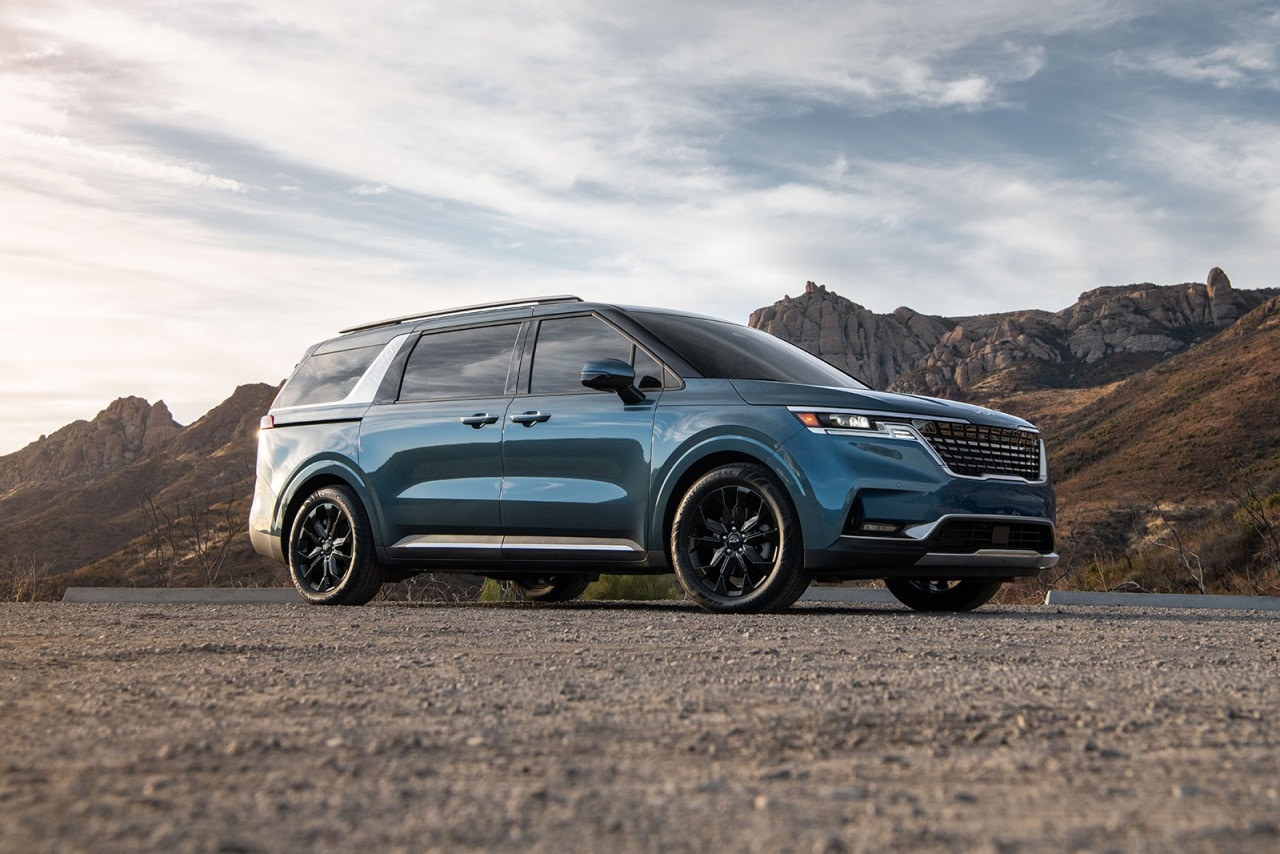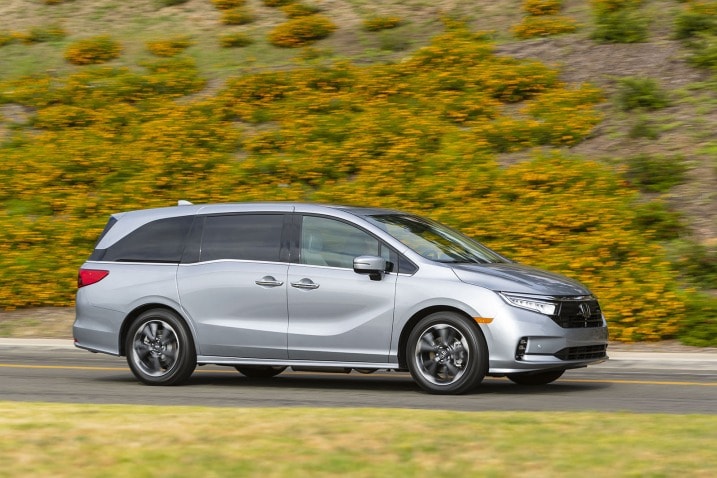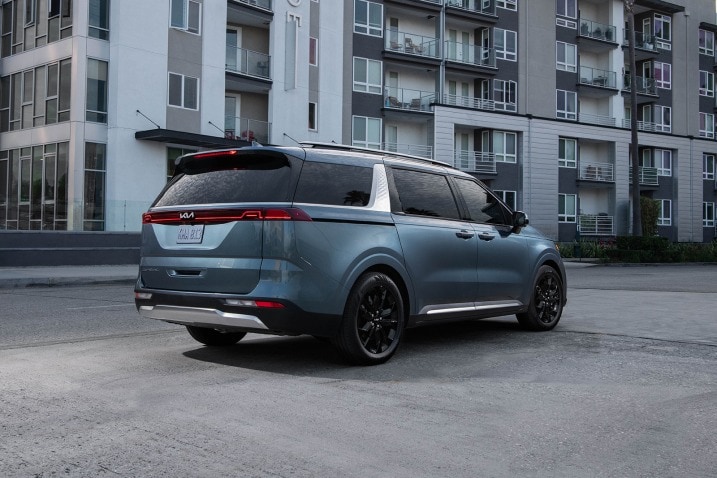The 2022 Honda Odyssey boasts plentiful passenger space in all three rows. It's also versatile and, as minivans go, enjoyable to drive. There's also the redesigned 2021 Toyota Sienna, which has a new look and a standard hybrid powertrain that gets great fuel economy. Finally, there's the updated 2021 Chrysler Pacifica. Revised styling and a new infotainment join the van's outstanding ability to quickly switch from school shuttle to cargo hauler.
As a replacement for the previous Sedona, Kia's Carnival is better positioned to make a splash. For shoppers who have wrestled with the Honda Odyssey vs. Toyota Sienna debate, or who are trying to decide on buying a Chrysler Pacifica or Honda Odyssey, is it time to instead bring home a Carnival? Read on to see which stands out as the best minivan around.
Kia Carnival vs. Toyota Sienna
The redesigned Sienna largely follows in the footsteps of the previous Sienna. That's mostly good but leaves it trailing the Carnival in a few areas.
The big upside to the Sienna is its standard hybrid powertrain. It returns outstanding fuel economy to the tune of an EPA-estimated 36 mpg combined (36 city/36 highway). We've found these numbers super easy to match in real-world driving too. In comparison, the Carnival has a more typical EPA estimate of 22 mpg combined (19 city/26 highway).
Another Sienna benefit is the available all-wheel drive. The enhanced traction from AWD can be a real plus if you frequently drive on slippery roads. The Carnival only comes with front-wheel drive. The Sienna is also easy to drive — it has smooth steering and handles like a smaller car. The Carnival feels heftier and stiffer by comparison.
When it comes to traditional minivan attributes, the Sienna shines. There is plenty of room for all passengers and excellent outward visibility from the driver's seat. We're also fans of the advanced driver aids and neat optional features (such as a cabin intercom system) that can make driving safer and reduce distractions. The Carnival deserves similar praise here.
There are some downsides to the Sienna. Firstly, the Sienna makes poor use of its standard 9-inch screen, and glare from the sun can make it nearly unusable. The Carnival has a smaller standard screen but it's more capable. The Sienna also trails the class in terms of maximum cargo capacity. It has less maximum space because you cannot remove the Sienna's second row of seats (they fold up against the front row). Its total maximum space of 101 cubic feet is far less than the Carnival at 145.1 cubic feet.
Toyota has produced an impressive minivan, and while the Carnival occasionally outshines it, we still consider the Sienna an intelligent choice.









 by
by